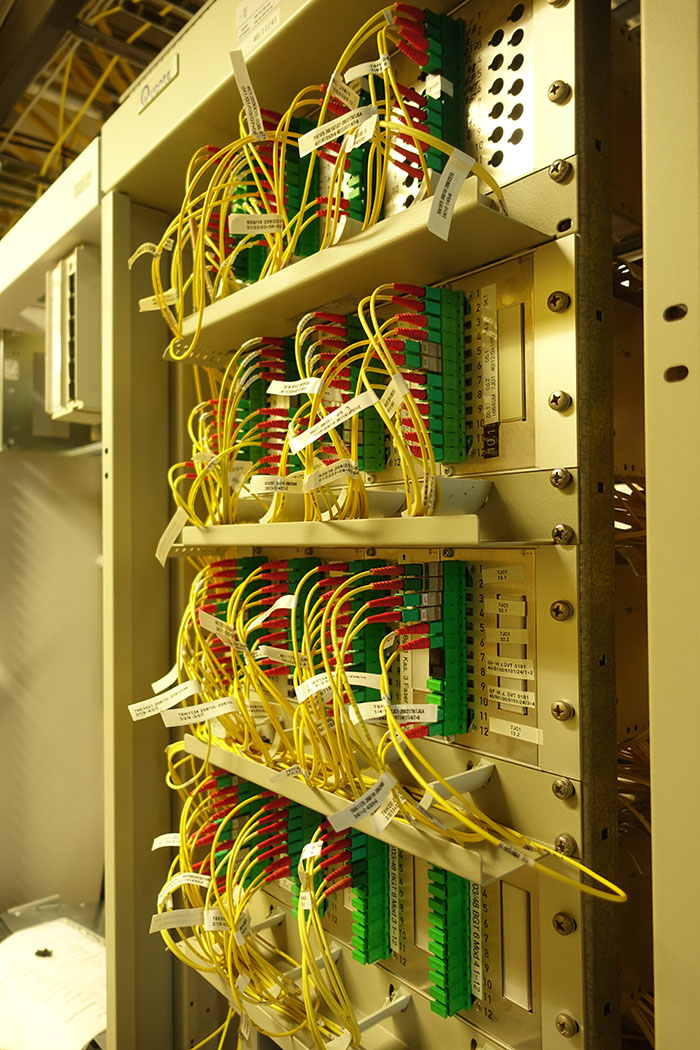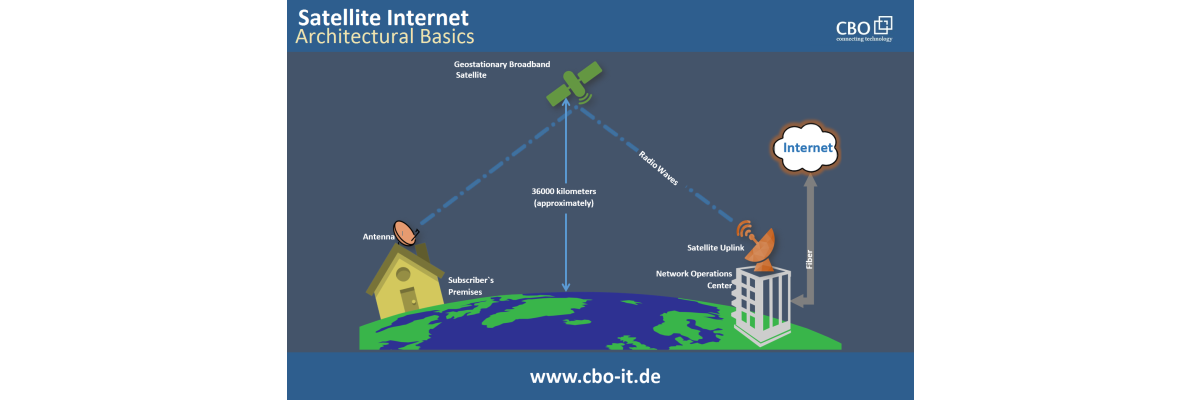
The light traveling the optical fiber is the main carrier of information or data that needs to be transmitted along the fiber optical cable. In order to receive the useful data without the errors the system has to receive the light at an optimal optical attenuation level. Either too little or too much power will cause high bit error rates. The Bit Error Rate (also BER) is the number of bit errors per unit time. The bit error ratio is the number of bit errors divided by the total number of transferred bits during a studied time interval. Bit error ratio is a unitless performance measure, often expressed as a percentage. Too much power, and the receiver amplifier saturates, too little and noise becomes a problem as it interferes with the signal. This receiver power depends on two basic factors: how much power is launched into the fiber by the transmitter and how much is lost by attenuation in the optical fiber cable plant that connects the transmitter and receiver.
Attenuators working principle
If the power is too high as it often is in short single mode systems with laser transmitters, you can reduce receiver power with an attenuator. The power reduction is done by such means as absorption, reflection, diffusion, scattering, deflection, diffraction, and dispersion, etc. Optical attenuators usually work by absorbing the light, like sunglasses absorb extra light energy. They typically have a working wavelength range in which they absorb all light energy equally. They should not reflect the light or scatter the light in an air gap, since that could cause unwanted back reflection in the fiber system. The attenuating fiber is produced by using a solution doping technique to introduce transition or rare earth elements into the fiber's core. The dopant reduces the transmission of the fiber. The degree of attenuation depends upon the material used as the dopant, the dopant level, and the length of the attenuation segment.
Attenuators types
Another type of attenuator utilizes a length of high-loss optical fiber, which operates upon its input optical signal power level in such a way that its output signal power level is less than the input level. Attenuation can result by introducing an end gap between two fibers (gap loss), angular or lateral misalignment, poor fusion splicing (deliberately), inserting a neutral density filter or even stressing the fiber (usually by a serpentine holder or a mandrel wrap). Commonly used fiber optic attenuators are the female to male type, which is also called a plug fiber attenuator. They are with ceramic ferrules and there are various types to fit different kinds of fiber optic connectors:
- Female to male plug style optical attenuator (MU, SC, FC, ST, LC)
- Flange style optical fiber attenuator
- Adjustable fiber optical attenuator (FC style) Attenuation scale:0~30dB
- IN-Line style fiber optical attenuator
Variable fiber optic attenuators are with adjustable attenuation range. Attenuators are available in models with variable attenuation or with fixed values from a few dB to 20 dB or more. Single mode systems, especially short links, often have too much power and need attenuators. Loopback fiber optic attenuator is designed for testing, engineering and the burn-in stage of boards or other equipment.
Built-in variable optical attenuators may be either manually or electrically controlled. A manual device is useful for one-time setup of a system, and is a near-equivalent to a fixed attenuator, and may be referred to as an "adjustable attenuator". In contrast, an electrically controlled attenuator can provide adaptive power optimization. Attenuator instrument calibration is a major issue. The most accurate variable attenuator instruments have thousands of calibration points, resulting in excellent overall accuracy in use.
 English
English
 Deutsch
Deutsch
 Espaniol
Espaniol










